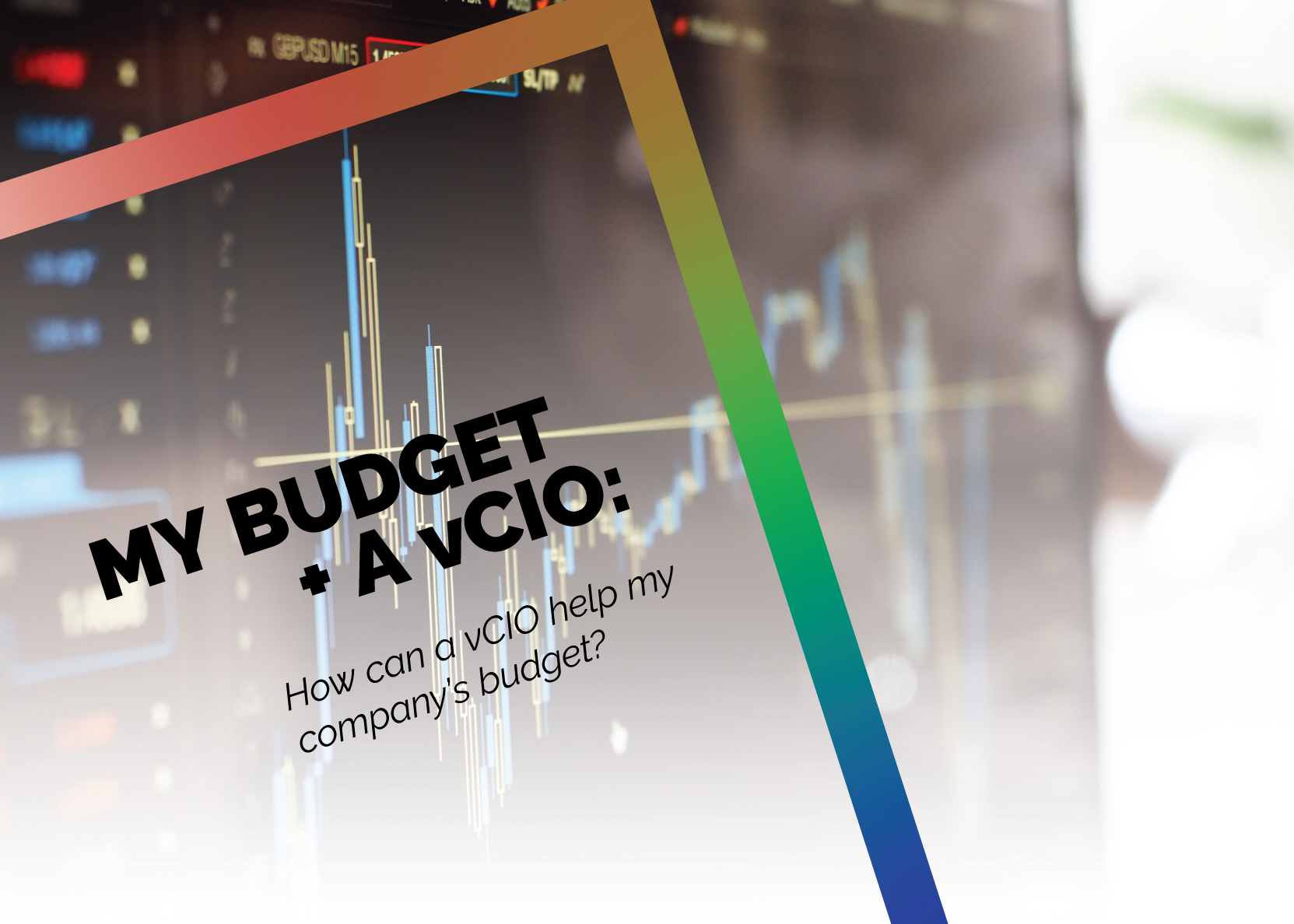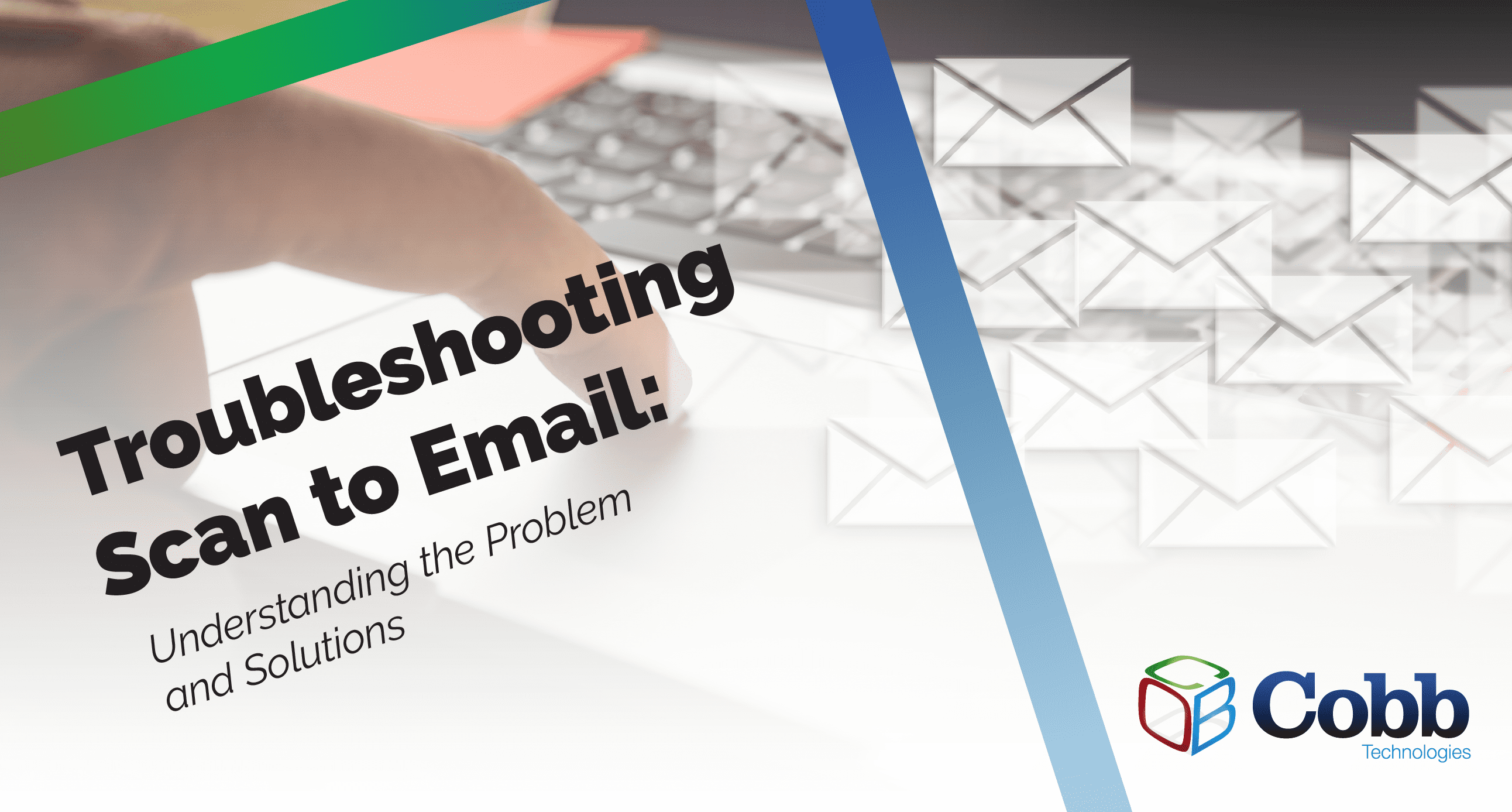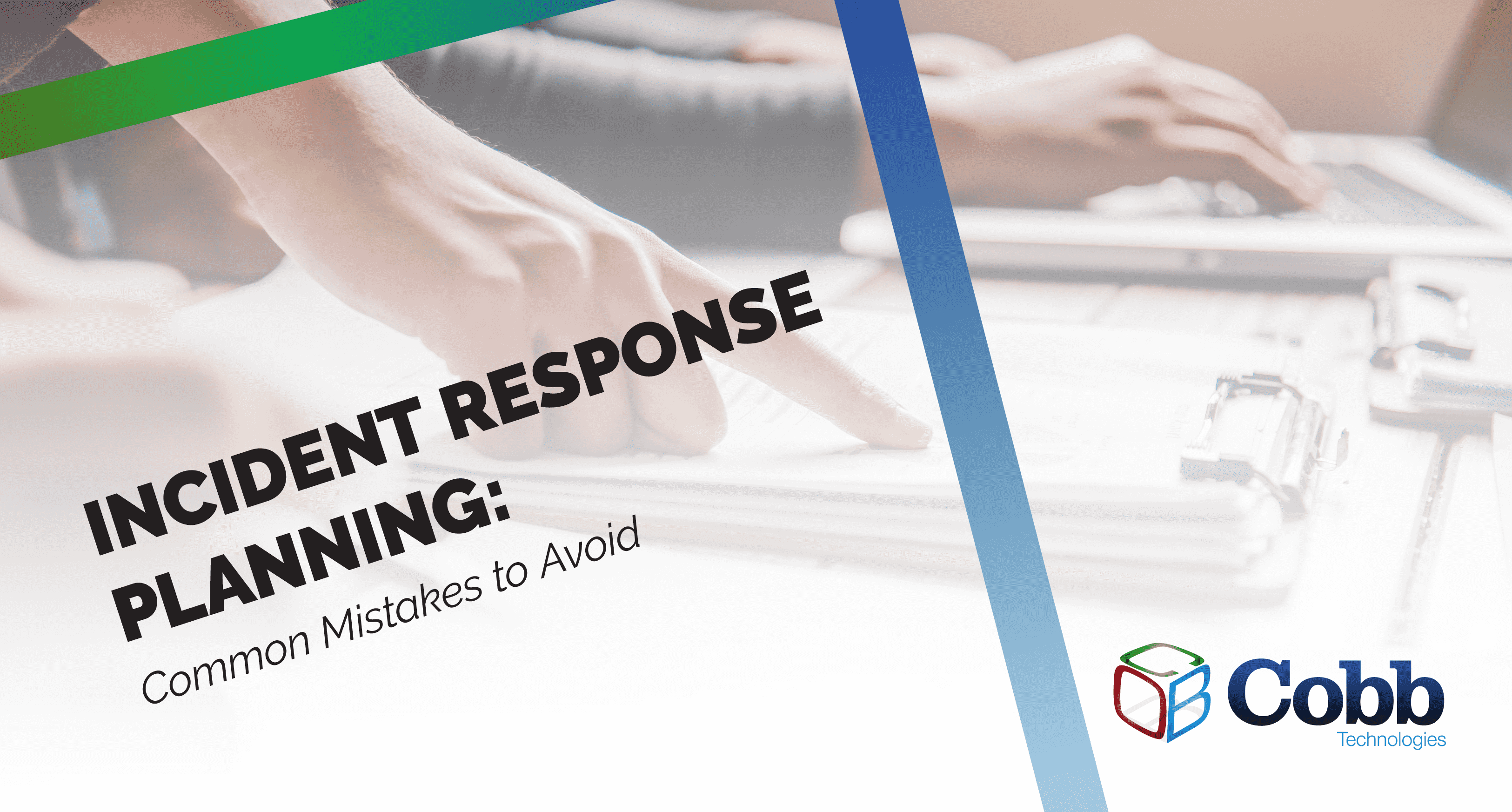8 min read
Troubleshooting Scan to Email: Understanding Issues and Solutions
If you've recently encountered difficulties with your copier's scan-to-email feature, don’t worry — Your copier isn't malfunctioning; it's likely...
5 min read
 Chris Wilson
:
Mar 10, 2020 8:02:26 AM
Chris Wilson
:
Mar 10, 2020 8:02:26 AM

This blog was updated on May 11th, 2020.
In times such as these, it’s essential to save as much money as possible — but simultaneously, the need to support a mobile workforce has become critical to the success and daily operations of virtually every business.
Luckily, your business doesn’t need to hire a CIO, or even an internal IT team — through the services of a vCIO and MITS (Managed IT Service) provider, your office’s environment can thrive for a fraction of the cost of hiring and supporting your own IT department.
The real question is, however, how much do the services of a vCIO cost?
The answer to which depends heavily on the size of your organization - as a general rule, hiring a vCIO will cost your business anywhere between $100 to $200 per employee per month. This is because vCIOs don’t usually come on their own, and are more-often-than-not paired with the services of a MITS team. If you’ve read our blog about the cost of MITS, you will be familiar with the following costs factors:
There are other cost factors associated with partnering with a MITS team, but for this blog, we will cover those specific to the services a vCIO can offer to your company. For a comprehensive look at the cost factors of partnering with a MITS provider, visit our blog covering the cost of MITS.
While the cost of hiring a vCIO may not be directly correlated to the size of your business, it will influence the overall cost of hiring a vCIO paired with a MITS team. This is because as the size of your organization grows, a vCIO will need to spend more time training users, more time consulting based on future projects, and more time reviewing the state of your businesses network.
Simply put, since there are a greater quantity of business technology aspects to monitor and manage, a larger company will need to spend more time consulting with their vCIO.
As your business’ environment ages, the need to update your hardware and software solutions will increase. With these updates come projects and consultation - of which a vCIO will take part in both. Project management is one of the many services in the vCIO wheelhouse, meaning almost every project will include the cost of your vCIO’s labor — and the planning of those projects will necessitate the consultation of your vCIO prior to the project beginning.
It is also worth noting that while one of the responsibilities of a vCIO is to prepare your business for the future by identifying infrastructure and systems that need updating, sometimes an unexpected project can crop up — for instance, when un-planned growth necessitates more server and backup space, your vCIO may need to charge your business for extra consultative time.
Let’s imagine you are the owner of a regional gravel quarry. You’ve been experiencing a bump in business, so you’ve determined it is time to add some new members to your sales and marketing team. In total, you’re adding five new computers to your environment.
So, you head on over to a big box retailer’s website, or Amazon, or Google, and purchase five new laptops loaded with Windows 10. Awesome! You’re all set and ready to increase the productivity and reach of gravel sales!
But wait — you’ve accidentally purchased Windows 10 Home, not Pro. Now — your new laptops, and the employees who need to work from them — can’t access your domain, and can’t work within your encryption.
Simply put, your environment’s health and upkeep shouldn’t be viewed as overhead costs — it’s an investment, not an expense.
A business’ network is critical to that organization’s daily, hourly, and by-the-minute operations. But while a functioning network is one-hundred percent necessary to the successful operations of your business, a slow, vulnerable, or un-optimized environment can be a significant drain on your operational costs, your employees’ morale, and your data security.
At an enterprise-level company, an environment’s health, maintenance, and future projects are overseen and managed by a CIO — the Chief Information Officer. The person in this position is responsible for knowing what’s on the horizon of tech, how to respond to these advancements, and how these changes could affect the profitability of the company the work for. In addition to this, they’re also responsible for ensuring profitability is maximized via the adoption of any new opportunity presented by new software, hardware, or tech trends.
Enterprise level companies, due to their size and budgets, can afford to keep CIOs and CTOs (Chief Technology Officers) on their payroll; and as tech-startups are usually founded by a CIO, CTO, or a talented programmer with a penchant for management, they have no need to hire another technology specialist. This is why (usually) major breakthroughs, products, and tech trends originate from enterprise-level companies and start-ups — and SMBs tend to fall short.
SMBs don’t usually have the wiggle-room in their budget for such luxuries. And this is where a vCIO can help.
This was touched on in our blog “What is a vCIO? Do I Need One?”, so if you would like to find out more about exactly what is in the wheelhouse of a vCIO, definitely check that out.
You can think about a vCIO as a lawyer on retainer — you pay what is essentially a subscription fee in order to have access to the services a regular CIO would provide. The “v” in vCIO stands for virtual — while a vCIO can most definitely visit you on premises, one of the main advantages of utilizing a vCIO is that your communications happen over the internet — allowing you to take advantage of top talent, regardless of where they are located.
With a vCIO, you effectively have a CIO as a key member of, and decision-advisor in your business, without the need of keeping them on payroll. Truthfully, hiring a vCIO will always have a higher upfront cost than when compared to not bringing on a vCIO — it’s the opportunity cost you have to deal with.
It is simply not possible to navigate business technology solutions without the expertise and insight of a subject matter expert — whether that be a CIO, CTO, or vCIO. Every day the state of business changes, the necessary capabilities of remotely managing a business grow, and the workforce trends ever towards mobility.
With the help of a subject matter expert, companies are able to better manage these rapid changes and ever-evolving needs — not react to trends and advancements after they have already happened, or be forced to play catch-up with your competition.
So, while a vCIO will most definitely cost more than not hiring any subject matter expert, they will help your business boost its productivity, plan ahead, and secure your environment.
Simply put, a vCIO helps your company’s budget by making sure you have every opportunity for growth available to you.
It is also worth mentioning that no matter what, a vCIO will cost less than hiring a traditional CIO to fill the role of subject matter expert in your company. CIOs are a high-demand, high-salary, highly-specialized position — and in order to keep a good CIO on your payroll, you’re going to need to pay a lot for them.
When compared to a traditional CIO, a vCIO is not only going to cost your company less, you’ll also ensure that your tech strategy is as up-to-date as possible. CIOs need continuous training and education in order to stay relevant in the field of tech, so by working with a vCIO from a MSP or MITS provider, you’ll ensure your strategy is air-tight.
When looking for a vCIO, make sure to ask as many questions as possible — and expect them to ask questions as well. In fact, the better a vCIO is, the more questions they will ask; this ensures a solution that truly fits your business.

8 min read
If you've recently encountered difficulties with your copier's scan-to-email feature, don’t worry — Your copier isn't malfunctioning; it's likely...

5 min read
Worried about cyberattacks hitting your business? You're not alone. Cyberattacks pose a real danger for businesses of all sizes, and without a solid...

5 min read
This March, four of our Sales Representatives headed to Atlanta for a two-week Canon training camp. This immersive training aimed to enhance their...